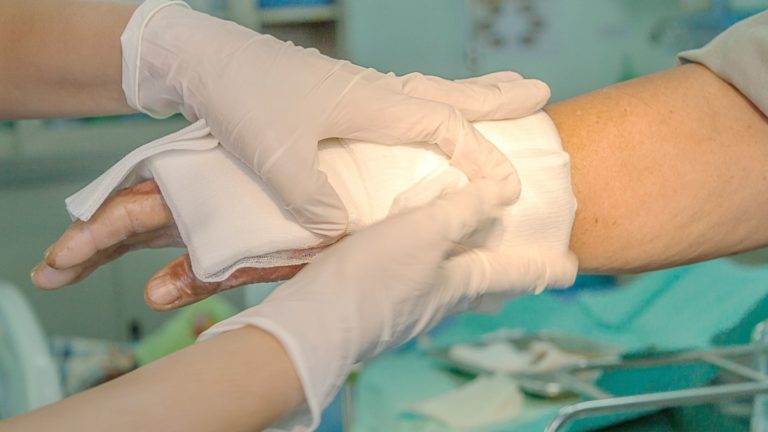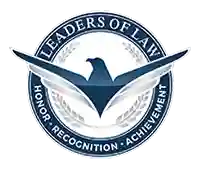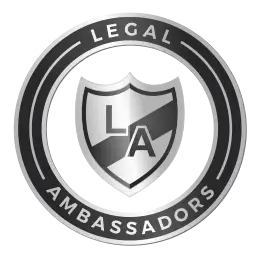- Home
- Our Team
- Houston Personal Injury
- Airplane Accident
- Car Accident
- Amputation
- Brain Injury
- Broken Bones
- Child Involved
- Dangerous Roadway Accident
- Distracted Driving Accident
- Drowsy Driving Accident
- Drunk Driving Accident
- Drugged Driving Accident
- Fatal Car Accident
- Head-On Collisions
- Herniated Disc Injury Car Accident
- Highway Accident
- Hit and Run Accident
- Intersection Accident
- Multi-vehicle Pileups
- Police Interaction After Accident
- Parking Lot Accident
- Rear End Accident
- Rollover Accident
- Railroad Accident
- Sideswipe Collision
- Single-Vehicle Accident
- Speeding Accident
- T-bone or Side Impact Collision
- Texting & Driving
- Torn Aorta Injury
- Undergoing Surgery Car Accident
- Uninsured Driver
- Catastrophic Injury
- E-Bike Accident
- Industrial Accident
- Lyft Accident
- Motorcycle Accident
- Offshore & Maritime Accident
- Oilfield Accident
- Onewheel Accidents
- Pedestrian Accident
- Plant Explosion
- Product Liability
- Rideshare Accident
- Rideshare Physical and Sexual Assault
- Slip & Fall Accident
- Truck Accident
- Amazon Van and Truck Accident
- 18-Wheeler Accident
- Big Rig Accident
- Delivery Truck Accident
- Driver Fatigue Accident
- Eagle Ford Shale
- Fatal Truck Accident
- Head-on Collision Truck Accident
- Jackknife Accident
- Logging Truck Accident
- Lost Load Accident
- Negligent Hiring Practices & Liabilities
- Oversized Load Accident
- Rental Truck Accident
- T-Bone Truck Accident
- Tire Blowouts Accident
- Tractor-Trailer Accident
- Truck Driver Negligence
- Underride Accident
- UPS & FedEx Delivery Truck Accident
- Wolfcamp Shale Accident
- Uber Accident
- Wrongful Death
- Cities
- Beaumont
- Auto Accident
- Airplane Accident
- Catastrophic Injury
- Industrial Accident
- Lyft Accident
- Maritime Accident
- Medical Malpractice
- Motorcycle Accident
- Pedestrian Accident
- Plant Refinery Accidents
- Product Liability
- Oil Rig Explosion
- Rideshare Accident
- Slip and Fall Accident
- Truck Accident
- Amazon Van & Truck Accident
- Eagle Ford Shale Accident
- Head-On Truck Collision
- Jackknife Truck
- Logging Truck Accident
- Lost Load Accident
- Negligent Hiring Practices & Liabilities
- Oversized Load Accident
- Rental Truck Accident
- T-Bone Truck Accident
- Tire Blowout Accident
- Tractor-Trailer Accident
- Truck Driver Negligence Accident
- Truck Driver Fatigue Accident
- UPS & FedEx Delivery Truck Accident
- Underride Truck Accident
- Wolfcamp Shale Accident
- Uber Accident
- Wrongful Death
- San Antonio
- Airplane Accident
- Auto Accident
- Catastrophic Injury
- Industrial Accident
- Lyft Accident
- Motorcycle Accident
- Offshore or Maritime Accident
- Oilfield Accident
- Pedestrian Accident
- Plant Refinery Accident
- Product Liability
- Rideshare Accident
- Slip and Fall
- Truck Accident
- Amazon Van and Truck Accident
- 18-wheeler Accident
- Big Rig Accident
- Delivery Truck Accident
- Fatal Truck Accident
- Jackknife Truck Accident
- Logging Truck Accident
- Lost Load Accident
- Negligent Hiring Practices & Liabilities
- Oversized Load Accident
- Rental Truck Accident
- T-Bone Accident
- Truck Driver Fatigue Accident
- Truck Driver Negligence
- Underride Accident
- Wolfcamp Shale Truck Accident
- Uber Accident
- Wrongful Death
- Alief
- Baytown
- Buda
- Brownsville
- Cinco Ranch
- College Station
- Conroe
- Corpus Christi
- Crystal City
- Cypress
- Deer Park
- Del Rio
- Edinburg
- Friendswood
- Hidalgo
- Galveston
- Jersey Village
- Katy
- Kyle
- Laredo
- League City
- McAllen
- Midland
- Mission Bend
- Missouri City
- New Braunfels
- Odessa
- Pasadena
- Pearland
- Rosenberg
- San Marcos
- Spring
- Sugar Land
- Texas City
- The Woodlands
- Willowbrook
- Beaumont
- Resources
- News
- Contact
















